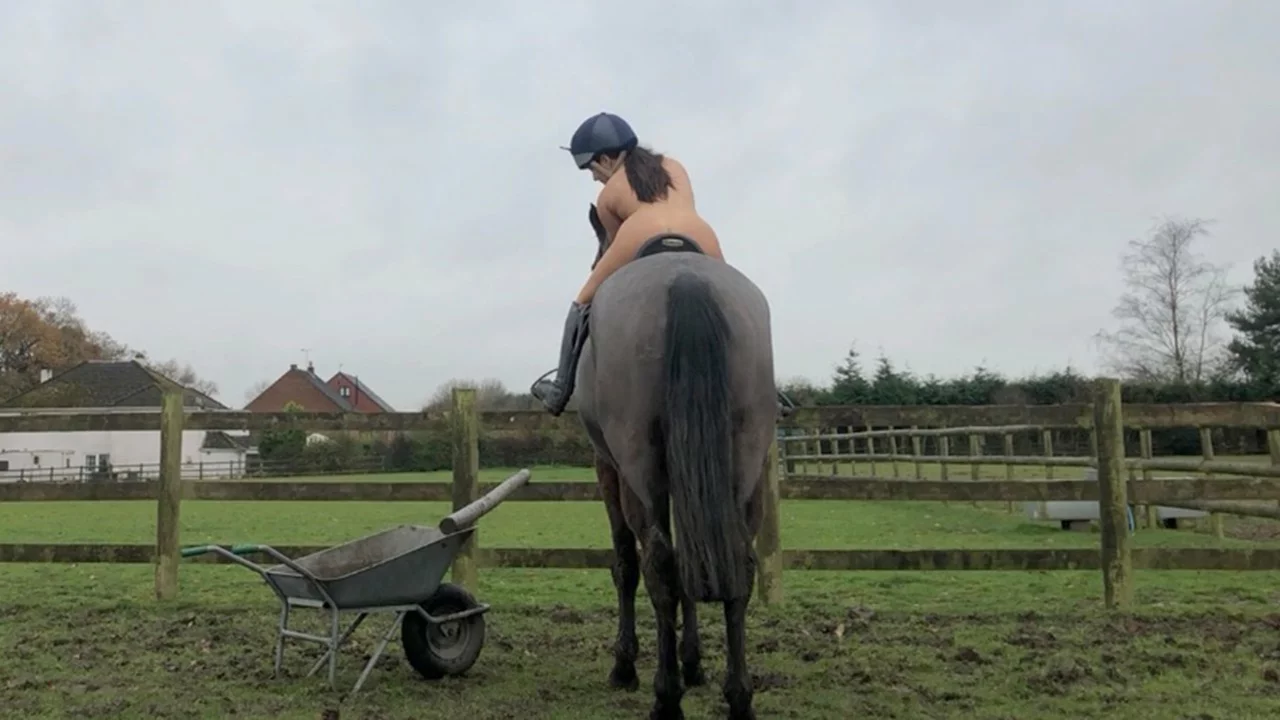Understanding the Difficulty of Horseback Riding
If you’ve ever watched a rider glide across a field and wondered how hard it actually is, you’re not alone. Riding isn’t just a hobby; it’s a skill that can feel simple one day and brutal the next. The key is to know what makes riding tough and how to break those barriers down.
What Makes Riding Difficult?
First, the horse itself is a moving, breathing partner. Unlike a bike, you can’t control every part of it. Balance, timing, and communication are all constantly in play. Beginners often stumble on the basic seat – sitting straight enough to stay balanced but relaxed enough to let the horse move. That tension is a common early hurdle.
Second, the terrain adds another layer. Riding on a flat arena feels very different from navigating a uneven trail. Changes in slope, footing, or obstacles force you to adapt your balance on the fly, which can be intimidating if you’re still mastering the basics.
Third, equipment matters. A poorly fitted saddle or rough reins can make even a gentle walk feel uncomfortable. Many riders ignore this, but the right gear removes a huge source of difficulty.
How to Gauge Your Own Difficulty Level
Ask yourself these quick questions after each ride:
- Did I feel in control of the horse’s direction?
- Was my posture stable, or did I waver?
- Did I understand the horse’s signals, or was I guessing?
- How comfortable was my equipment?
If you answered “no” to more than one, you’re likely facing a higher difficulty level than you’re ready for. Keep a simple log – date, activity, and how you felt – to spot patterns over weeks.
For example, the post “Horseback Riding: What is a lunge lesson?” highlights how lunge work isolates balance without the extra worry of steering. If you struggle with basic balance, a lunge lesson can reduce difficulty by letting you focus on core stability alone.
Another tip: start with short, low‑intensity rides and gradually add challenges. If a trail feels too steep, try a flatter path before tackling hills. This progressive approach mirrors the advice in the “What makes horses and horseback riding so addictive?” article – the more you succeed, the more motivated you become.
Don’t forget mental difficulty. Fear of falling or hurting the horse can freeze you up. Simple breathing exercises before you mount can calm nerves and sharpen focus, turning mental blocks into manageable steps.
Finally, seek feedback. A knowledgeable instructor can point out subtle issues – maybe you’re gripping the reins too hard or shifting weight at the wrong time. That external perspective often spots difficulty factors you miss yourself.
Bottom line: riding difficulty isn’t a single thing; it’s a mix of balance, terrain, equipment, and mindset. By breaking each part down, you can target the exact area that feels hardest and work on it deliberately. Keep your goals realistic, track progress, and remember that every rider hits bumps along the way. With patience and the right tweaks, the challenges you face today will become the skills you brag about tomorrow.
Is it hard to start horseback riding again after a long absence?
Getting back into horseback riding after a long break can indeed be challenging. It's not just about physical fitness, but also about rebuilding confidence and re-establishing a bond with the horse. Initially, you might struggle with balancing and muscle memory. But with patience, consistency, and proper guidance, you can certainly regain your riding skills. Remember, it's just like riding a bike - once learned, never forgotten.
READ MORE